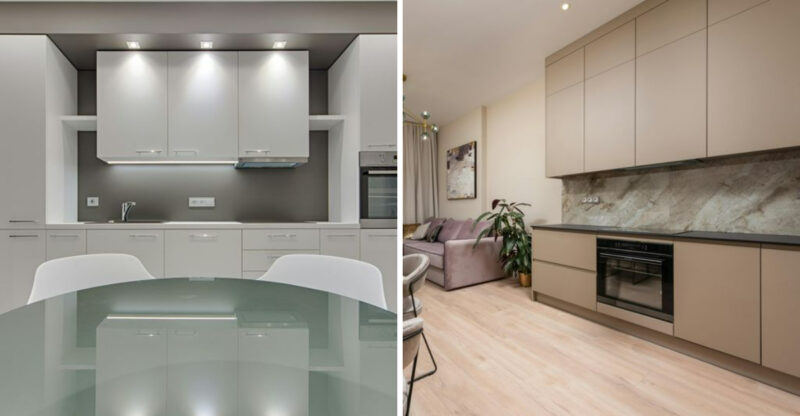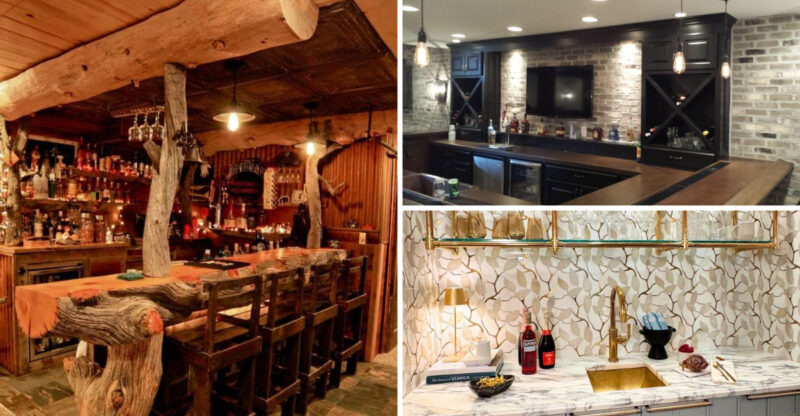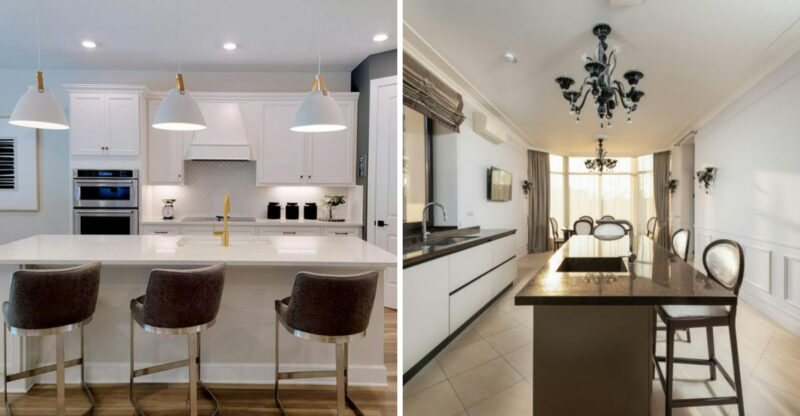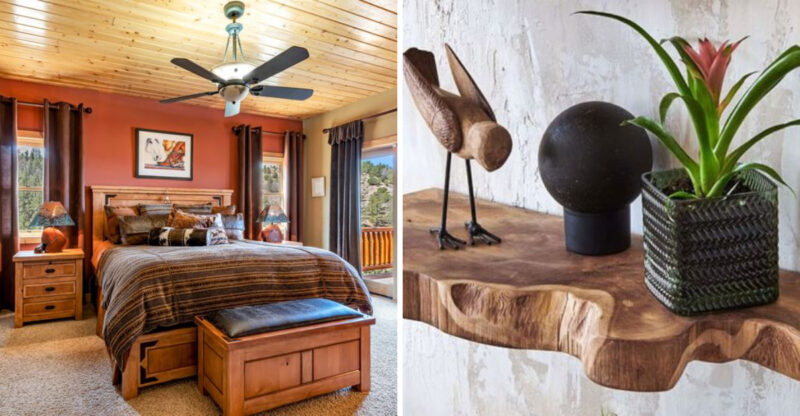It’s Almost 2026, Stop Following These Outdated Interior Design Rules
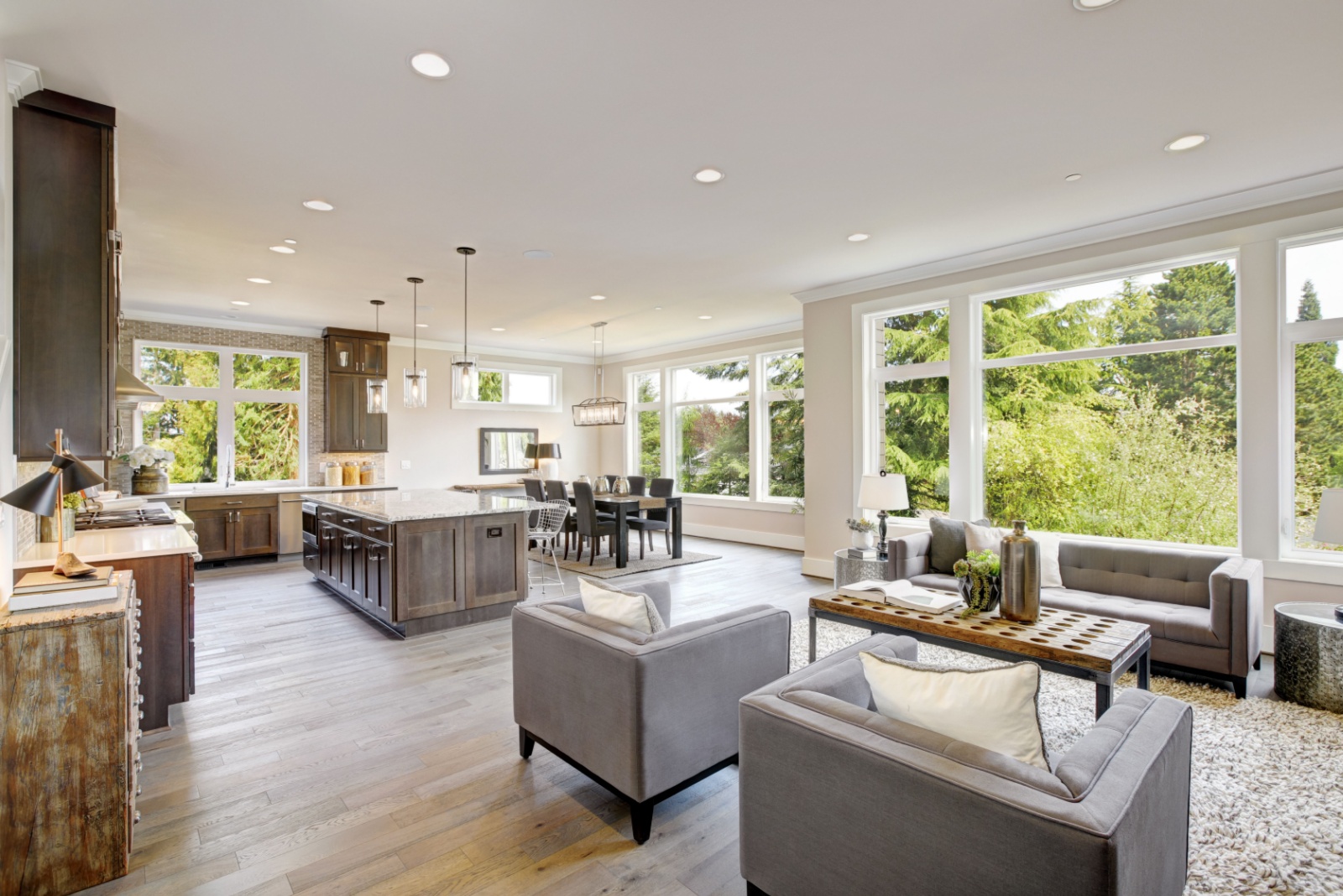
Remember when your grandmother insisted that every piece of furniture in the living room had to match perfectly? Those days are long gone!
As we approach 2026, interior design has evolved dramatically, breaking free from rigid traditions that once limited our creativity. The design world now celebrates personal expression, sustainability, and functionality over arbitrary rules that never made much sense anyway.
Let’s debunk these outdated design myths that are holding your home back. Naturally, if a certain “rule” still brings you joy, keep it. Great design is always personal.
1. Match All Your Furniture
Who decided every piece needed to look like it came from the same boring catalog? Matching furniture sets scream “I bought everything at once and called it a day!”
The modern home celebrates curated collections that tell your unique story. Mix vintage finds with contemporary pieces for spaces with soul and character. This approach not only creates visual interest but also allows your home to evolve naturally over time.
Try pairing that sleek modern sofa with a characterful antique coffee table and watch how they complement each other in surprising ways!
2. Stick To One Style Throughout The Home
Forget the notion that your entire house must follow a single design theme! This outdated approach creates spaces that feel more like showrooms than homes where real people live.
Each room should reflect its purpose and the moods you want to create there. Your energizing kitchen might embrace bright minimalism while your bedroom cocoons you in cozy bohemian textures.
Transitioning between styles creates interest and anticipation as you move through your home. Connecting spaces with subtle recurring elements maintains flow without sacrificing personality.
3. Avoid Mixing Metals
How boring would life be if we only used one metal finish throughout our homes? The old rule of sticking exclusively to silver, gold, or bronze belongs in the past.
Mixing metals adds depth, interest, and sophistication to any space. Think of your metals as jewelry for your home, would you wear only one type of metal accessory forever? The trick is creating intentional combinations rather than random assortments.
Try anchoring with a dominant metal (about 60%) while adding 1-2 complementary finishes for accents. Brass light fixtures can absolutely coexist with stainless appliances!
4. Only Use Light Colors In Small Spaces
Though everyone once preached that small rooms must be white to appear larger, this myth limits your design potential! Dark colors in compact spaces can create incredible drama and unexpected depth.
Deep hues like navy, forest green, or charcoal actually blur the boundaries of walls, making the room feel less confined. Small powder rooms transform into jewel boxes with rich, saturated colors that guests remember long after leaving.
The key is balance. Pair your bold walls with thoughtful lighting and reflective surfaces like mirrors or metallic accents to maintain brightness.
5. Ceilings Must Be White
Are you still ignoring your fifth wall? White ceilings represent one of design’s biggest missed opportunities! The ceiling offers prime real estate for creativity and dimension.
Painting it the same color as your walls creates a cocooning effect that adds instant sophistication. Wallpapered ceilings transform ordinary rooms into extraordinary spaces. Even subtle treatments like soft color or gloss finish elevate the entire room.
For those hesitant to commit, try starting in smaller spaces like bathrooms or dining rooms where the unexpected overhead element becomes a delightful surprise.
6. Artwork Should Always Be Hung At Eye Level
If you’re still measuring exactly 57 inches from the floor for every art piece, we need to talk! This outdated gallery rule ignores the reality of how we actually experience our homes.
Art placement should respond to your specific space and how you use it. Sometimes art works beautifully hung low behind a sofa, creating a cohesive seating area. Other times, a dramatic piece deserves to be hung high, drawing the eye upward in a stairwell or entry.
Consider creating salon-style galleries that break all the rules, with pieces clustered in organic arrangements that tell your story.
7. Don’t Paint Wood Trim Or Vintage Furniture
Where did we get this idea that wood is somehow sacred and untouchable? Not every piece of wooden trim or furniture deserves preservation in its original state!
Quality pieces with beautiful grain or historical significance might warrant keeping natural. But that orange-toned builder-grade trim or that thrift store find with good bones but an ugly finish? Paint can transform them into something spectacular that works with your vision.
Modern milk paints and specialty finishes allow you to update wooden elements while maintaining character and texture. Liberation from wood-worship opens up countless design possibilities!


